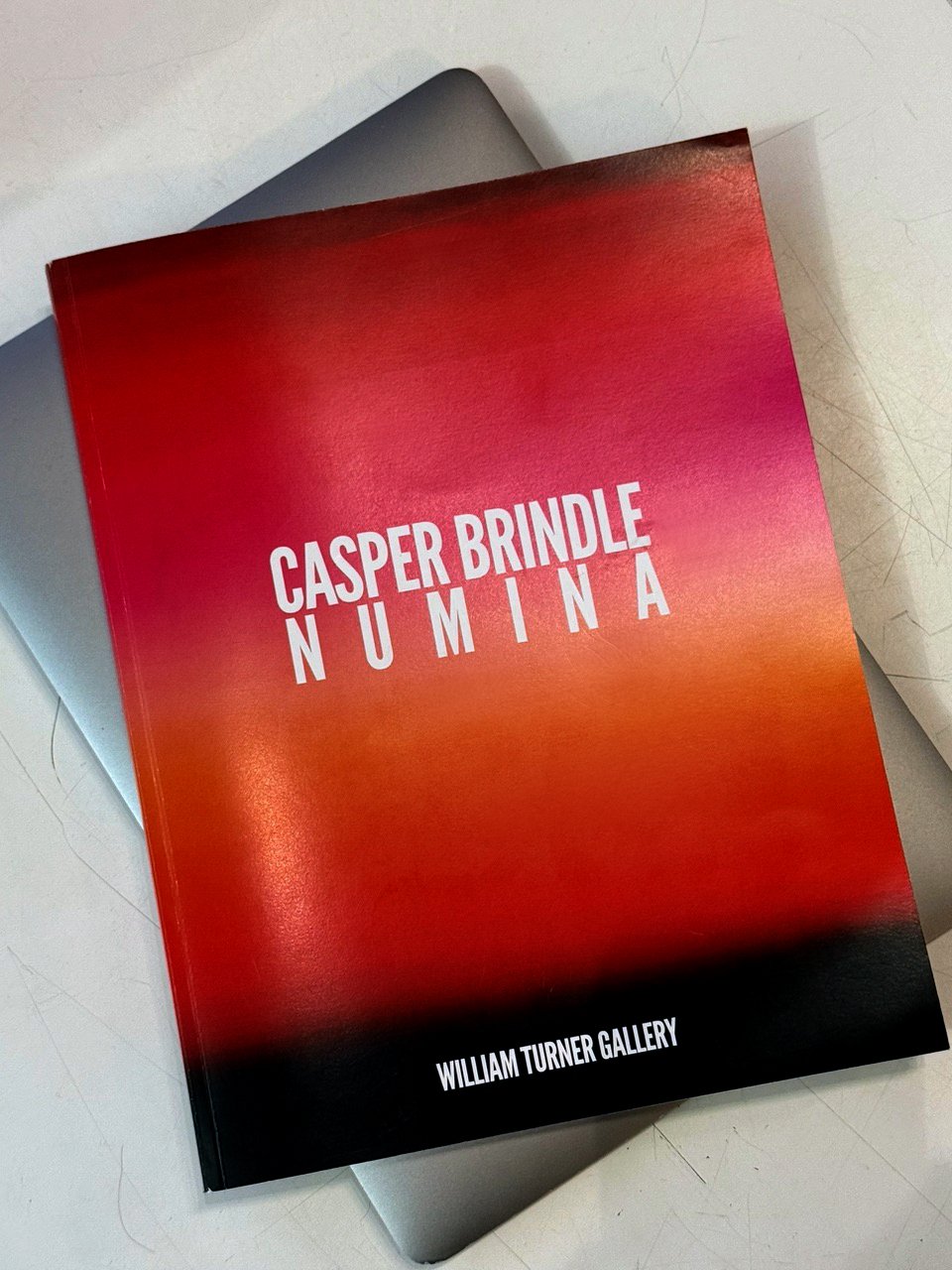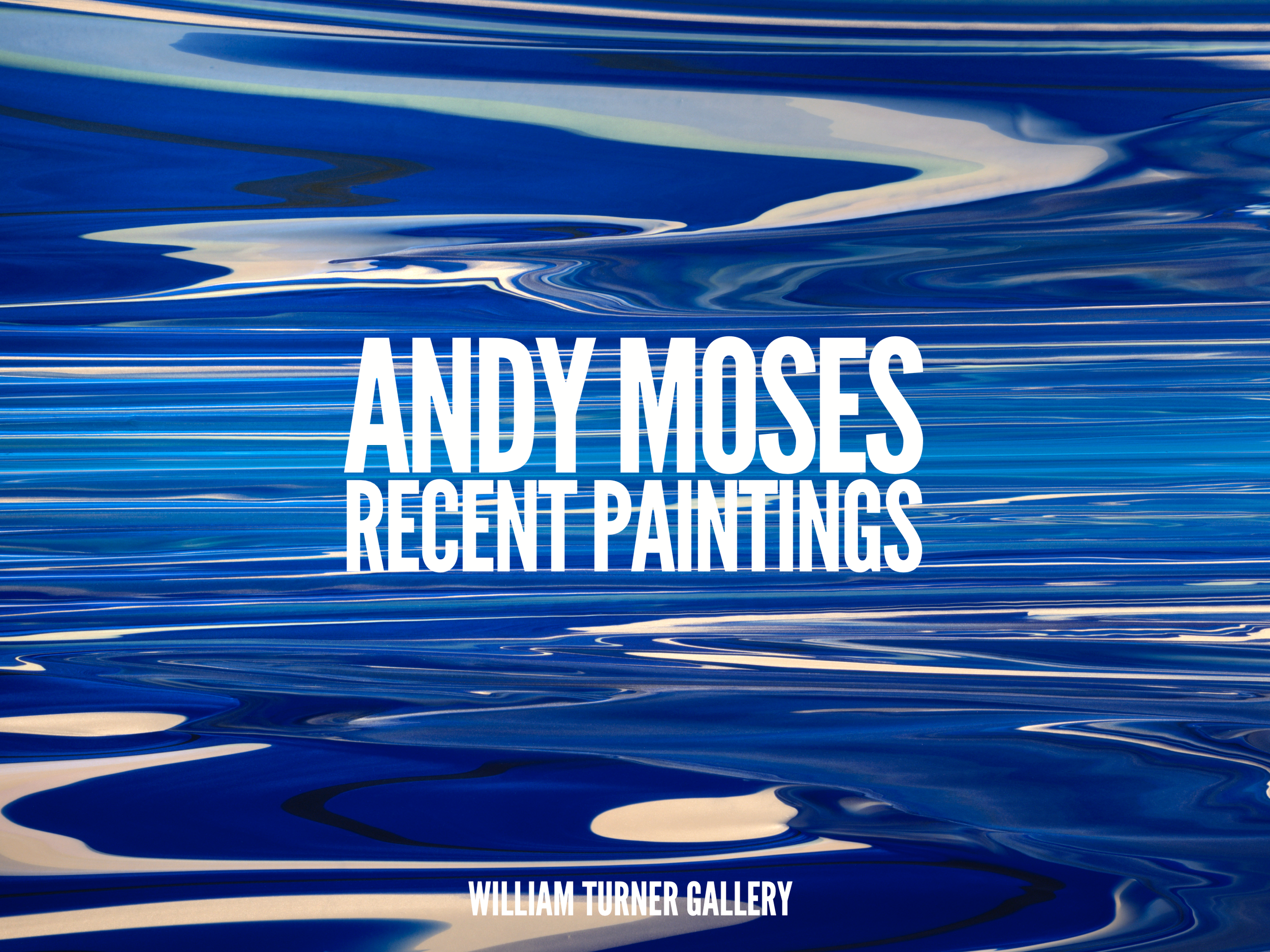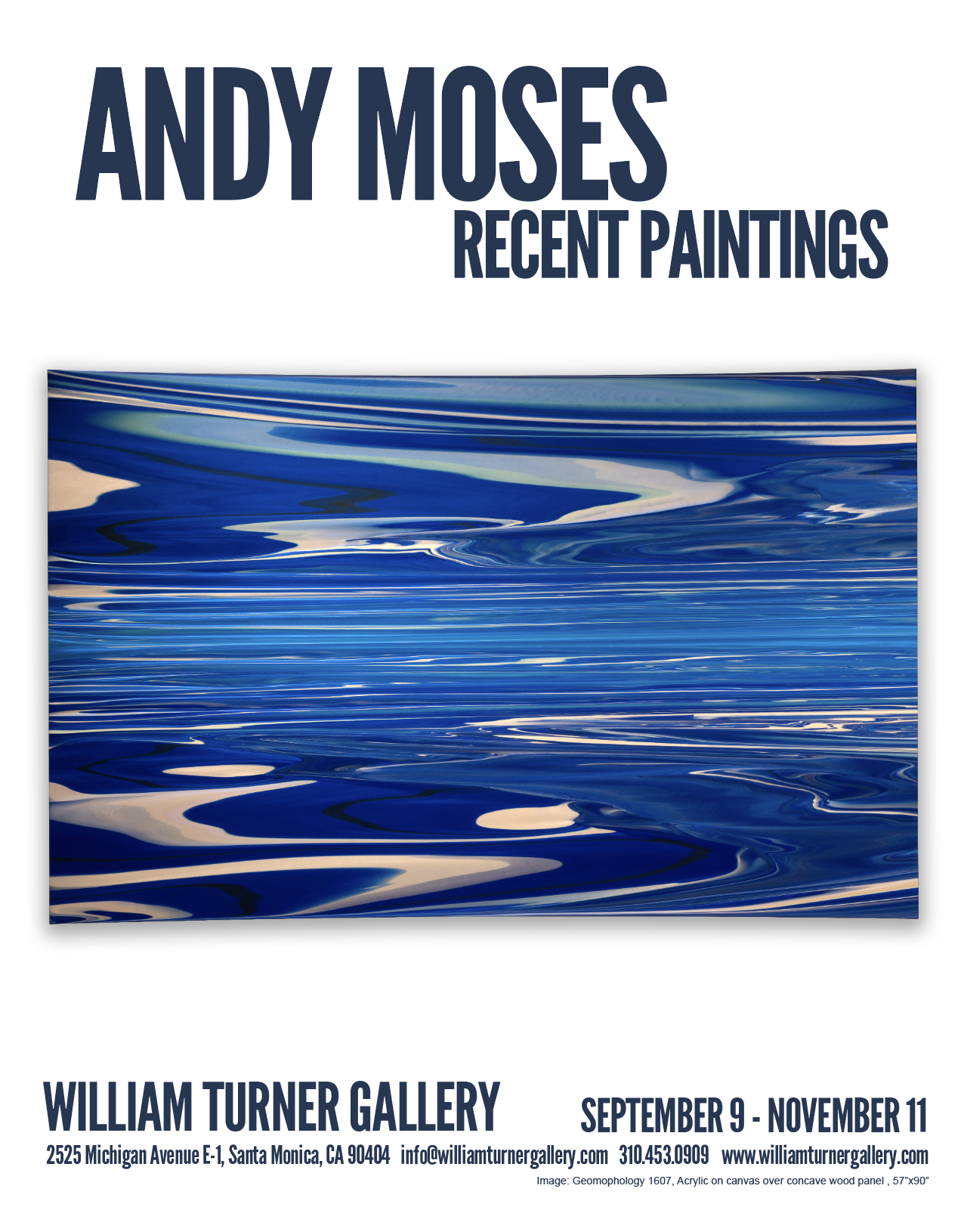SHINGO FRANCIS INTERVIEW - Fondation D'Entreprise HERMÉS
/William Turner Gallery is pleased to share a recently released interview with Shingo Francis where he discusses his artwork, influences, and inspirations for the “Interference” exhibition at Maison Hermès Le Forum in 2023. Le Forum is an exhibition space housed in a glass-brick building designed by Renzo Piano. Flooded with natural light that forms an integral part of its identity, it is an oasis of contemplation inviting visitors to discover contemporary art in the heart of Tokyo’s dynamic Ginza neighbourhood. Directed by exhibition curator Reiko Setsuda, Le Forum offers an international programme bringing Japanese artists together with others from all over the world.
In addition to sharing Francis’ newly released interview with Foundation d’enterprise Hermès, William Turner Gallery is thrilled with Francis’ participation in the Japanese Pavilion at the Ōsaka Expo 2025.
Born in Santa Monica, California in 1969, Shingo Francis’ work explores the expansiveness of space and spirituality in painting. Francis has participated in numerous solo and group exhibitions both in Japan and internationally. His works are held in collections such as the JPMorgan Chase Art Collection, Banco de España, the Frederick R. Weisman Foundation, the Mori Art Collection, the Sezon Museum of Modern Art, the Oketa Collection, the Tokyo American Club, the Ueshima Collection, and Tiffany & Co.
INTERVIEW WITH SHINGO AT FONDATION D’ ENTREPRISE HERMÉS
TIME LAPSE OF THE INSTALLATION
Le Forum is an exhibition space housed in a glass-brick building designed by Renzo Piano. Flooded with natural light that forms an integral part of its identity, it is an oasis of contemplation inviting visitors to discover contemporary art in the heart of Tokyo’s dynamic Ginza neighbourhood. Directed by exhibition curator Reiko Setsuda, Le Forum offers an international programme bringing Japanese artists together with others from all over the world.
What is “interference”? Under this title, the first exhibition of 2023 invites the public to find answers through experience. Four artists explore our perceptions through the effects on the body of stimuli such as light, vibrations or soundwaves. Through stripped-back aesthetics, each of these artists highlights the subtle variations caused by the interferences to which our bodies are subjected in everyday life. Visitors are invited to contemplate the nature of perception through deeply felt sensations both physical and unconscious. The title, “Interference”, is borrowed from a series of paintings by artist Shingo Francis (b. 1969, United States): containing pigments that interfere with light, the colours of these canvases shift according to the viewer’s position. Nearby, an installation by Susanna Fritscher (b. 1960, Austria) immerses the viewer in a sensory experience of vibrations and pulsations beyond the frequencies that we are capable of hearing. Finally, Bruno Botella (b. 1976, France) presents pieces that stimulate our subconscious perception through tactile sensation, while Aiko Miyanaga (b. 1976, Japan) invites visitors to embark on a cosmic journey – the ultimate sensation, transcending time and space – through a tea ceremony shared online.































